“Berlin Crisis (1958-1963) US. State Dept Secret History & Documents Transcripts” has been added to your cart. View cart
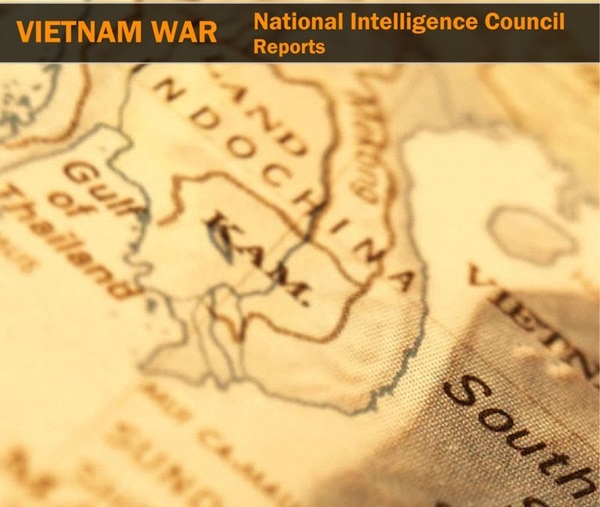
Vietnam War: National Intelligence Council Reports
$19.50
Category: Intelligence Espionage
Tag: Vietnam War
Description
Vietnam War: Intelligence, Timeline, and Key Figures
Detailed Timeline of Main Events in the Vietnam War (as covered by the NIC Reports)
This timeline focuses on the events and intelligence assessments as presented in the “Vietnam War National Intelligence Council Reports,” highlighting the evolving U.S. understanding and predictions.
- September 3, 1948: The Office of Reports and Estimates (ORE) publishes “The Break-Up of the Colonial Empires and its Implications for US Security,” a foundational report. It criticizes existing U.S. policies regarding decolonization and warns that a lack of positive U.S. engagement and economic assistance could lead newly independent nations to become antagonistic towards the U.S.
- Late 1940s – Early 1950s: CIA analysts begin producing papers for policymakers that consistently predict dimming French prospects for winning the war in Indochina.
- January 10, 1952: A Memo prepared in the Office of National Estimates (ONE) asserts that Paris cannot afford to continue the war in Indochina while meeting its defense obligations in Europe. It warns that public sentiment for French withdrawal will accelerate without internationalization of the problem or substantial additional U.S. aid.
- April 17, 1963: National Intelligence Estimate 53-63, “Prospects in South Vietnam,” assesses that Communist progress has been blunted. It predicts that North Vietnam will not introduce regular military units for a quick victory but hopes military pressure and political deterioration will create conditions for a “coup de grace” or a favorable political settlement. The report notes “some promise” in political and security matters but raises doubts about the South Vietnamese government’s ability to achieve political stability from military success.
- Within Weeks of April 17, 1963: The political situation in South Vietnam dramatically worsens with Buddhist protests and self-immolations.
- July 10, 1963: Special National Intelligence Estimate 53-2-63, “The Situation in South Vietnam,” is published. It directly predicts that if Diem fails to address the Buddhist issue, “disorders will probably flare again and the chances of a coup or assassination attempts against him will become better than even.” The report also notes that Washington’s “firm line” has increased Diem’s uneasiness, leading to likely further pressure for a reduction in U.S. presence.
- May 25, 1964: Special National Intelligence Estimate 50-2-64, “Probable Consequences of Certain US Actions with Respect to Vietnam and Laos,” states that it’s impossible to predict whether Hanoi’s leaders would choose to lower expectations rather than face “the destruction of their country,” in the context of discussions in Washington about escalatory steps, including bombing North Vietnam. The report anticipates no strong military reaction from China or the Soviet Union to U.S. escalation, unless American troops cross the demilitarized zone.
- June 9, 1964: Sherman Kent, Chair of the Board of National Estimates, sends a memorandum to DCI McCone, titled “Would the Loss of South Vietnam and Laos Precipitate a ‘Domino Effect’ in the Far East?”, directly challenging the validity of the “Domino Effect” theory.
- February 5, 1965: An intelligence memorandum analyzes the significance of Soviet Premier Aleksei Kosygin’s visit to Hanoi, concluding that Kosygin’s presence is intended to “share-and guide-what they believe to be a Communist bandwagon,” anticipating a Communist victory and a U.S. withdrawal.
- Early February 1965: The first U.S. air attacks are launched against North Vietnam, purportedly in retaliation for a Viet Cong (VC) strike on the American base at Pleiku. Planning for a sustained offensive had been underway.
- August 1970: A special National Intelligence Estimate reports that within four months of Sihanouk’s ouster, half of Cambodia has been overrun by Communists. It paints a grim outlook for Lon Nol’s survival without heavy military assistance, predicting he might survive until the end of the rainy season, but then face heavy fighting against long odds. This assessment follows President Nixon’s Cambodian “incursion.”
- October 1973: An Estimate concludes that North Vietnam does not believe it can gain power through the political provisions of the Paris agreement and will launch a military offensive to reunify Vietnam. The report, however, does not predict success for Hanoi at this time, citing stronger ARVN resolve and continued U.S. commitment to Saigon. It notes a significant military supply build-up by North Vietnam, suggesting an offensive within a year. The “unknown factor” identified is the political situation in the United States and the President’s freedom of action.
- March 27, 1975: The final Special National Intelligence Estimate in the collection, “Assessment of the Situation in South Vietnam,” is published. It predicts that even if the ongoing North Vietnamese attack is blunted, Thieu’s government will control little more than the Mekong Delta and Saigon. It identifies the ongoing U.S. debate on further aid to South Vietnam as a “fueling” factor for defeatism. The report foresees final defeat for South Vietnam by early 1976, a prediction that turns out to be “too generous.” It suggests outright defeat could only be avoided by changes in Saigon leading to a “new settlement on near-surrender terms.”
- 1975: Communist takeover of Saigon.
Cast of Characters
This list includes principal individuals mentioned in the provided sources, along with brief bios based only on the information given.
- Sherman Kent:Bio: Served as the Chair of the Board of National Estimates in June 1964. Noted for sending a memorandum to DCI McCone on June 9, 1964, titled “Would the Loss of South Vietnam and Laos Precipitate a ‘Domino Effect’ in the Far East?”, which challenged the premise of the “Domino Effect.”
- DCI McCone (John A. McCone):Bio: Served as the Director of Central Intelligence (DCI) in June 1964, receiving a memorandum from Sherman Kent challenging the “Domino Effect” theory.
- Aleksei Kosygin:Bio: Soviet Premier who visited Hanoi in early February 1965. His visit was assessed by U.S. intelligence as an attempt by Soviet leaders to “share-and guide-what they believe to be a Communist bandwagon,” anticipating a Communist victory and a U.S. withdrawal from Vietnam.
- President Nixon (Richard Nixon):Bio: U.S. President responsible for the Cambodian “incursion” in August 1970, which led to significant political reverberations within the United States, including at Kent State University and the Lincoln Memorial.
- Sihanouk (Norodom Sihanouk):Bio: Cambodian leader whose ouster, occurring four months prior to an August 1970 intelligence estimate, led to half of Cambodia being overrun by Communists.
- Lon Nol:Bio: The leader of Cambodia following Sihanouk’s ouster. An August 1970 intelligence estimate provided a grim outlook for his survival without heavy military assistance, predicting significant challenges after the rainy season.
- Diem (Ngo Dinh Diem):Bio: The leader of South Vietnam in 1963. U.S. intelligence reports in April and July 1963 discuss the political instability under his leadership, particularly concerning the Buddhist protests. The reports predicted disorders, coups, or assassination attempts if he failed to address the Buddhist issue, and noted his uneasiness about increased U.S. involvement.
- Thieu (Nguyen Van Thieu):Bio: The leader of South Vietnam in 1975. The final Special National Intelligence Estimate on March 27, 1975, predicted that his government would control little more than the Mekong Delta and Saigon, forecasting final defeat by early 1976 unless there were changes leading to “near-surrender terms.”
Related products
-
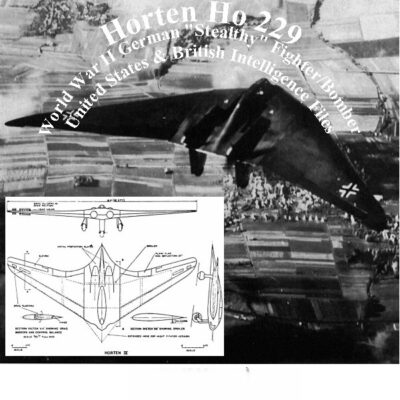
Horten Ho 229 German “Stealthy” Fighter/Bomber Aircraft American & British Intelligence
$19.50 Add to Cart -
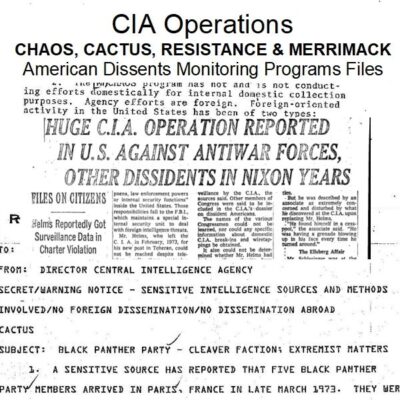
CIA Operation CHAOS, CACTUS, RESISTANCE & MERRIMACK
$19.50 Add to Cart -
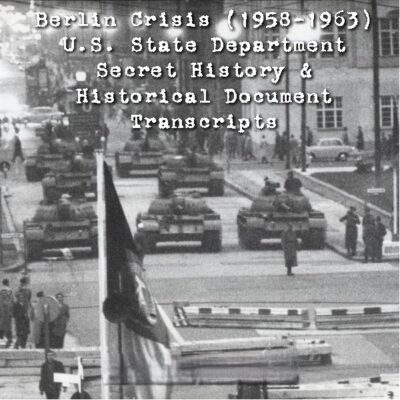
Berlin Crisis (1958-1963) US. State Dept Secret History & Documents Transcripts
$19.50 Add to Cart -
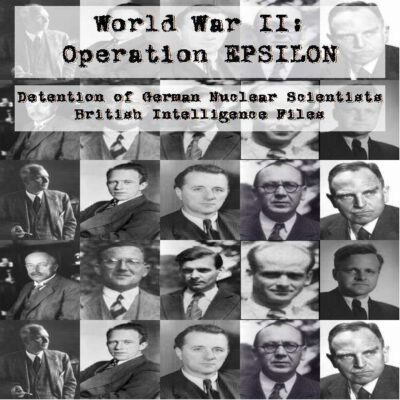
World War II: Operation EPSILON Detention of German Nuclear Scientists British Intelligence Files
$19.50 Add to Cart